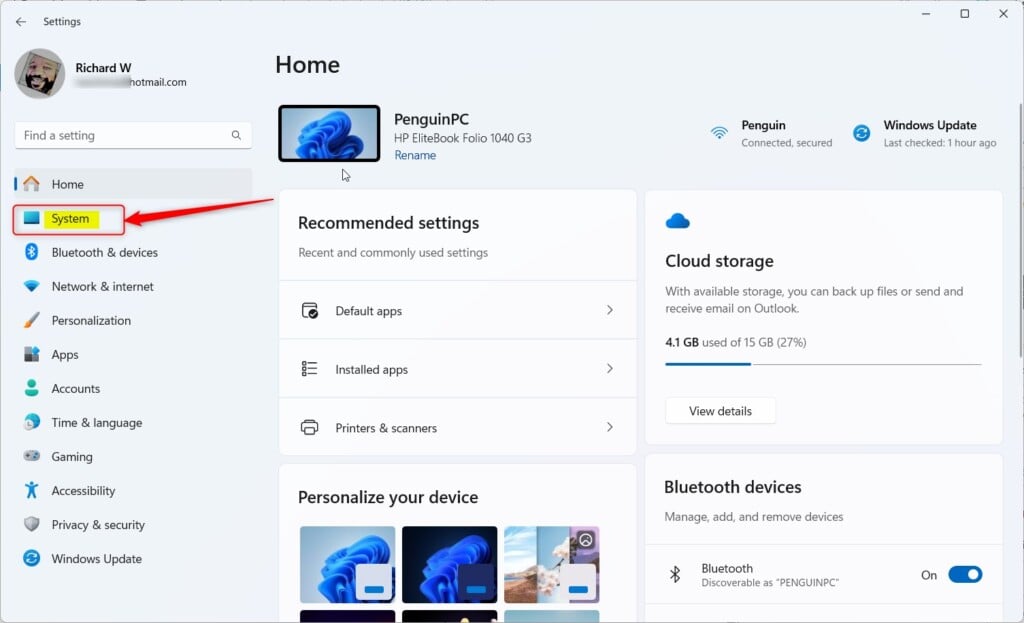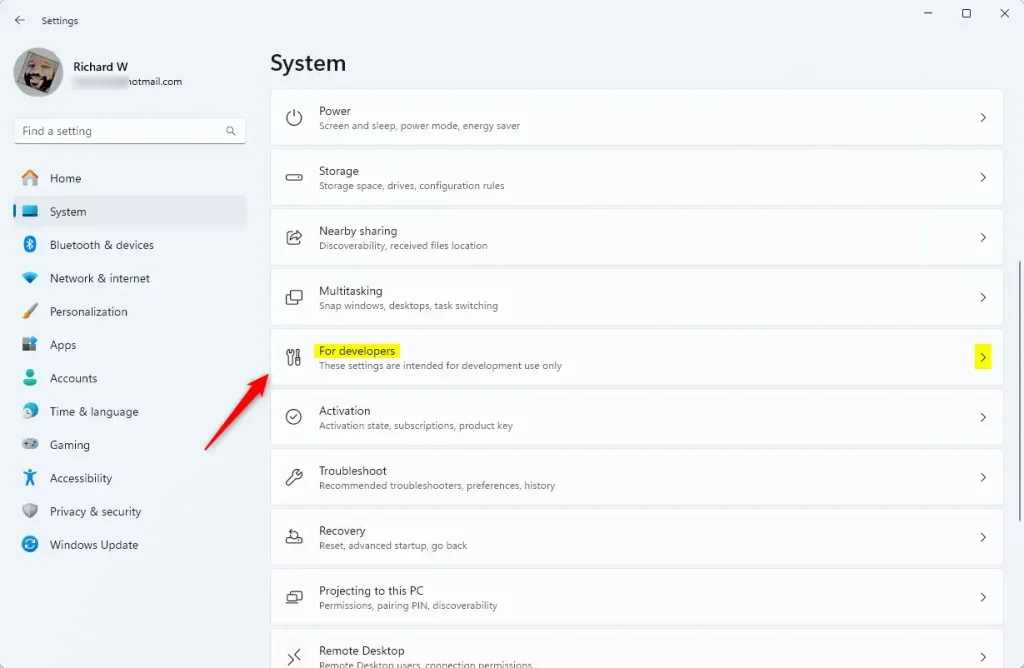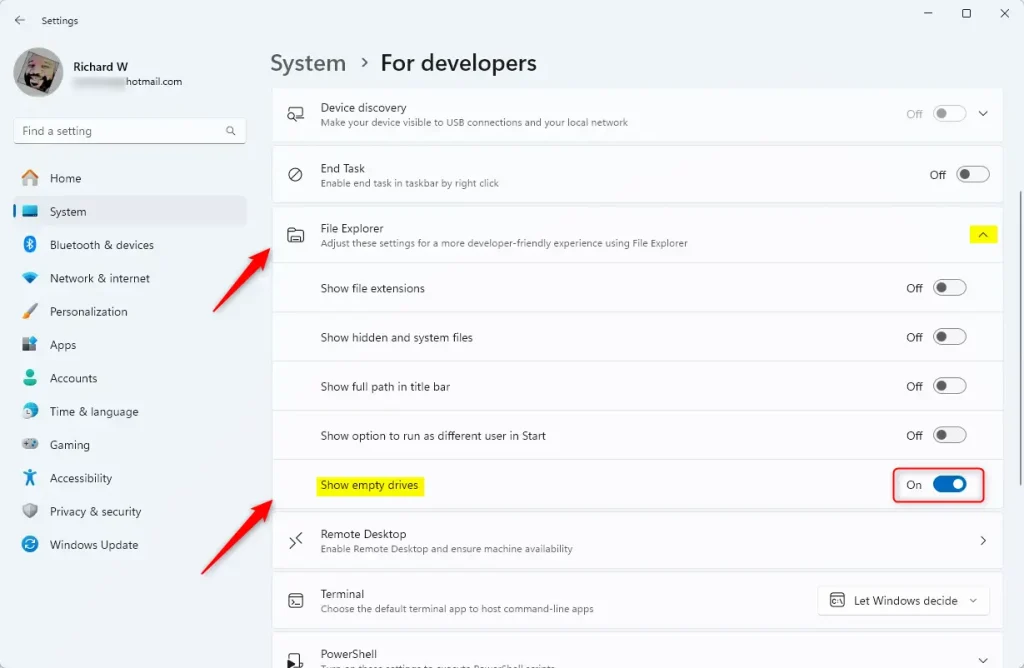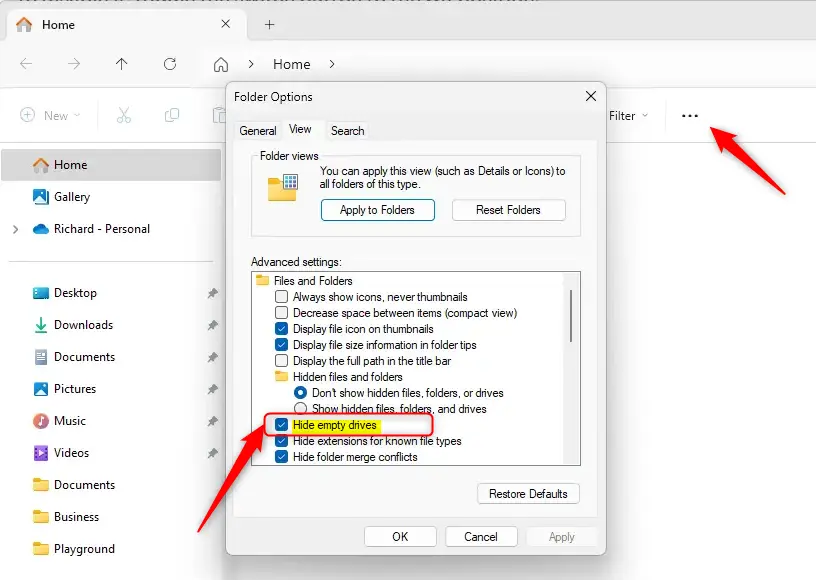This article explains how to show or hide empty drives in File Explorer on Windows 11.
Empty drives in Windows refer to disk drives that do not currently contain files or folders. They may appear in File Explorer as separate drives with no stored data. By default, Windows 11 hides these empty drives to reduce clutter and simplify navigation in File Explorer.
You can use the Settings app to turn on or off the display of empty drives in File Explorer. You can turn it off if you want to keep empty drives hidden.
There are different reasons why someone might want to turn on or off the display of empty drives in Windows File Explorer. If you have many hard drives or other storage devices attached to your computer and some are empty, you might find it helpful to hide them to declutter the File Explorer interface.
This can make navigating and finding the files and folders you need easier. On the other hand, if you frequently add or remove data from your hard drives and want to identify which ones are empty quickly, you may prefer to show the empty drives in File Explorer.
This can help avoid accidentally overwriting files or running out of space on a particular drive.
Show or hide empty drives in Windows
As mentioned, users can choose to show or hide empty drives in Windows’ File Explorer.
Here’s how to do it.
First, open the Windows Settings app.
You can do that by clicking on the Start menu and selecting Settings. Or press the keyboard shortcut (Windows key + I) to launch the Settings app.
When the Setting app opens, click the System button on the left.

Select the “For developers” tile on the System on the right to expand it.

On the System > For developers settings pane, select the “File Explorer” tile to expand it. Then, on the expanded tile, toggle the “Show empty drives” button to the On position to enable it.
To disable it, toggle the switch button to the Off position.

Exit the Settings app when you’re done.
Alternatively, open the File Explorer Options, select the “View” tab, and uncheck the “Hide empty drives” box.

That should do it!
Conclusion:
- Showing or hiding empty drives in Windows File Explorer can help users declutter the interface and simplify navigation.
- Hiding empty drives may be helpful for users with many storage devices, while showing empty drives can help users quickly identify available storage space.
- Users can easily toggle the display of empty drives through the Windows Settings app or File Explorer Options.

Leave a Reply Cancel reply